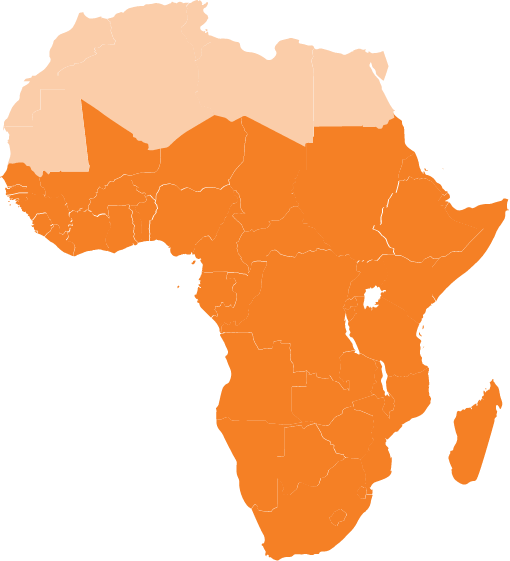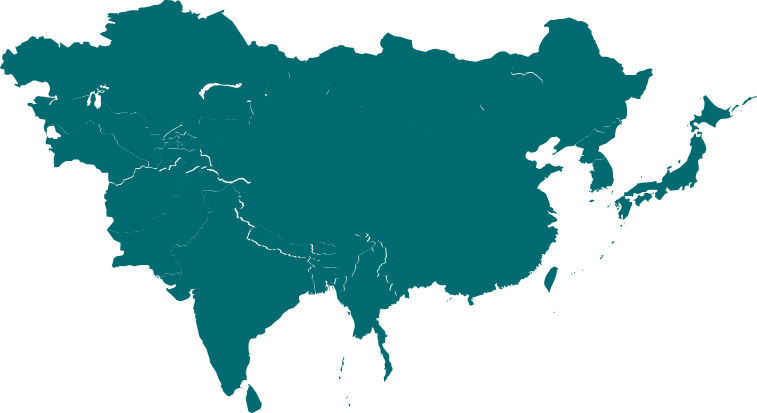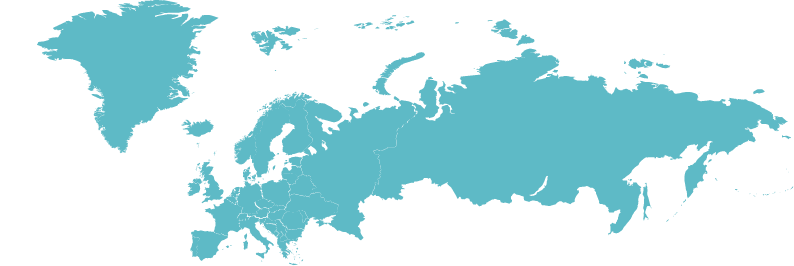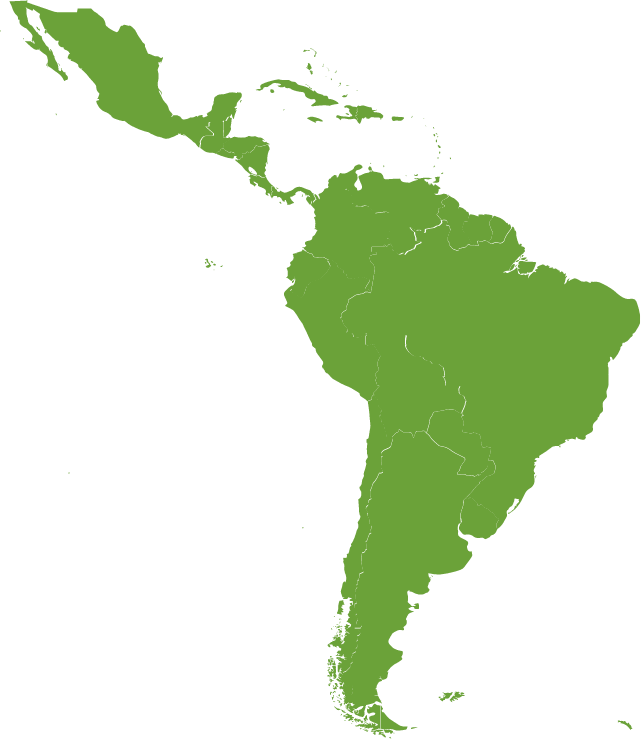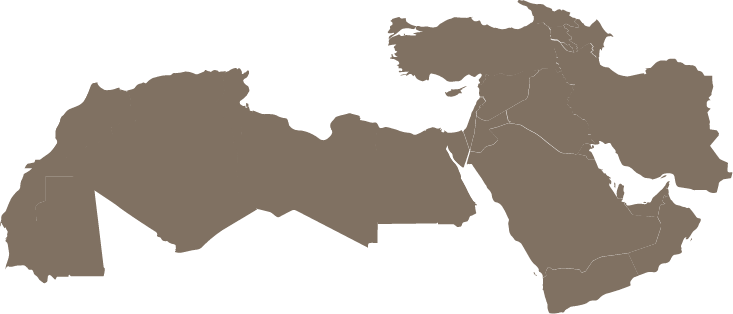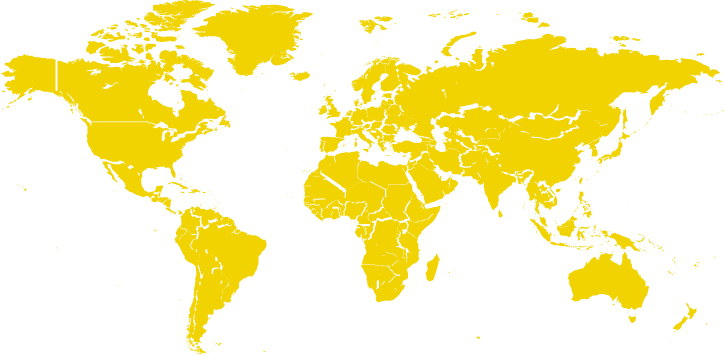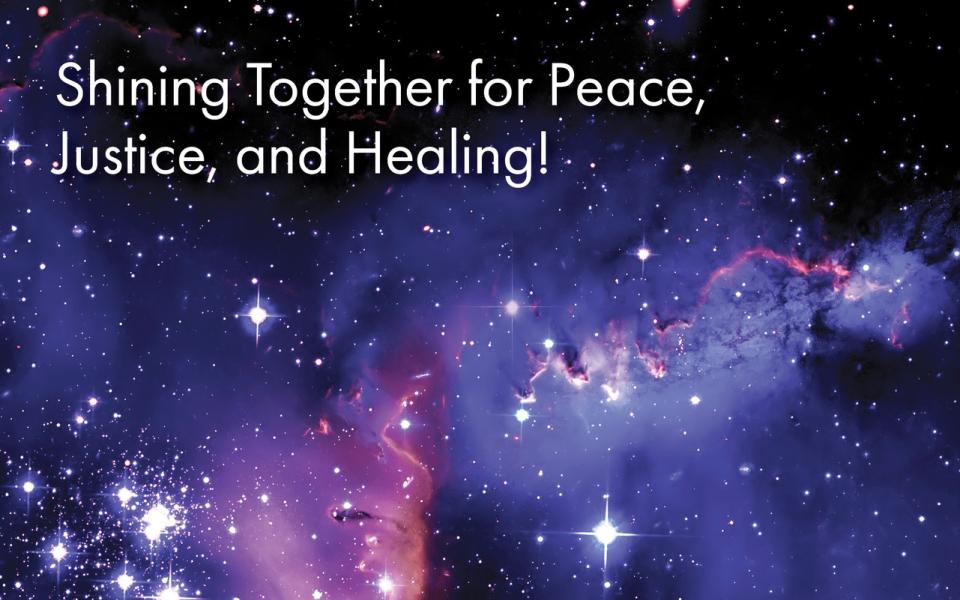
“December 21st is the longest day in the South. We celebrate the Sun that gives us Light, and warmth. The Sun gives us energy and nurtures our cells. The Sun brings us the summer, time for harvesting. The Sun not only gives light and life to us human beings but also to the whole of mother earth, mother nature. Birds are joyful, and rivers flow. The Sun shines for all, there is no division. In many of our communities, there is no electric light so summer light allows our people to be together for a longer time and work harder. The joy of the Sun among us inspires music and dancing. We rejoice as nature does.” As the northern hemisphere braces for the winter solstice, our dear sister Rosalia Guiterrez in Argentina reminds us of the power of the Sun, the Light.
Light has been used by communities around the world as a symbol of knowledge and truth, and by religions as symbols of the divine. The celebration of light has been central to many religious traditions for millennia; light is a symbol showing how redemption, truth, justice, peace, and even life itself, shine.
In St Francis of Assisi’s Prayer for Peace, one reads: ‘Where there is darkness, let me bring you light’. That concept of bringing light in a world that is besotted with darkness of all types is central to the various celebrations of light in today’s religions.
From Diwali, the Hindu Festival of Lights; and to Bodhi Day when Buddhists celebrate the day that Gautam Buddha is said to have attained enlightenment. From Christmas, where lights are used to symbolize Jesus Christ as the light of the world; to the Muslim holy month of Ramadan where lanterns are used to light up homes, mosques, and streets – it is all about light.
We invite you to share at [email protected] some of your own religious practices, spiritual expressions, and indigenous traditions surrounding light.
Here are some celebrations of light around the world:
Diwali – Hinduism Originally organized to celebrate the harvest, it is one of the most important of Hindu festivals. The ‘Festival of Lights’ symbolizes the ‘spiritual victory of light over darkness, good over evil, and knowledge over ignorance’. The setting off of fireworks has become central to the celebration of Diwali, as is the lighting of candles and lanterns.
Deepwali – Jainism On this day Lord Mahavira, the 24th Jain Tirthankara had attained the bliss of Nirvana on the dawn of Amavasya of the Ashwin month (Hindu calendar), 527 B.C. at Pavapuri. It was a very dark night without the light of the gods or the moon. So, the sixteen Gana kings, nine Malla and nine Lichchhavi of Kasi and Kosal decided, that the light of their master’s knowledge should be kept alive symbolically by lighting the lamps.
Since that time Jains celebrate the festival of Deepawali to commemorate the attainment of Moksha by Lord Mahavira. The Jain community illuminates their houses and temples with clay lamps to celebrate this event. This act also guides the mortals to light up their inner vision by implementing the path preached by Lord Mahavira.
Bandi Chhor Divas – Sikhism Sikhs celebrate Bandi Chhor Divas in remembrance of the release of Guru Hargobind from the Gwalior Fort prison by the Mughal emperor Jahangir and the day he arrived at the Golden Temple in Amritsar. The day falls in autumn and often overlaps with Hindu Diwali. The Bandi Chhor Divas is celebrated by the lighting up of homes and Gurdwaras, celebratory processions (nagar kirtan) and langar (community kitchen).
Chanukah — Judaism When the Israelites finally liberated the Second Temple in Jerusalem in the 2nd century BC from Hellenistic forces, they sought to cleanse and rededicate it, but could only find one flask of holy oil with which to it. Miraculously that flask, which was supposed to last for only one night, ended up lasting for eight days. As a commemoration of religious freedom and this miracle, Jews light a nine-branched candelabrum or menorah, called a Chanukiah. Thus the name Chanukah - the Festival of Lights. One candle typically above the others is the first one to be lit and used to light the other candles. Then on each night of the festival, an additional candle is added – ultimately eight candles plus the helping one known as a shamash (“attendant”).
Saint Lucia Day – Christianity Saint Lucia, meaning “light,” is important to the Swedish people during the dark winters of Scandinavia. She symbolizes the spread of Christianity throughout Sweden and the returning daylight hours of spring. On this day candles are lit and placed in windows.
Yule - European Paganism Yule is an old European folk name for the winter solstice – the shortest day of the year, the longest night, and the midpoint of winter. It is a seasonal festival of light and fire, rejoicing in the return of the Sun out of the darkness of winter. The festival of Yule (derived from the Norse word hjul, meaning "wheel") is based on this most basic of all natural cycles, the turning of the seasons. Pre-Christian Europeans saw the year as a cycle of light and darkness. The year, like the moon, waxed and waned. The God of Light, in the form of the Sun, was born on the winter solstice, grew through spring, reached maturity at the summer solstice, then began his decline into old age and death, only to be reborn at the next winter solstice. In time, the Earth, quickened by the warmth of the Sun, would begin to blossom. Yule is a celebration of this promise of rebirth. Observed since prehistory, its celebration of rebirth is continued in many of the modern popular traditions of Christmas – the evergreen tree with a star at the top, mistletoe, holly & ivy, the Yule log, wassailing, gift giving, etc.
Christmas – Christianity In the northern hemisphere, Christmas falls during the dark days of winter, so light is a very essential part of it. Symbolically, the birth of Jesus Christ is the biggest light of all. In many countries, it is also a celebration of having passed through the year and a time of goodwill to all mankind. It is said the celebration of Christ’s birth started around 200AD, but the date December 25th was not settled until the 4th century.
Kwanza – African-American Spirituality Kwanza comes from the Swahili phrase ‘matunda ya kwanza’, which means ‘first fruits’. It was formed in 1966 by Dr. Maulana Karenga, an American author and professor of African studies, based on African traditions of celebrating the first harvest in a season. From December 26 and going on for seven nights, families light a candle each evening.
Bodhi Day – Buddhism In search of the root of suffering and how to liberate oneself from it, Siddhartha Gautama meditated under a bodhi tree. After seven weeks of not moving from his post, Gautama is said to have attained enlightenment, and thus became the Buddha. On this day, Buddhists commemorate this enlightenment and how the Buddha taught his followers to live in harmony in their communities. Traditional offerings are butter lamps, candles, or lanterns.
Lantern Festival – Traditional Chinese Spirituality The Chinese festival originated in Buddhism. It marks the last day of the Lunar New Year or Spring Festival.
Ramadan – Islam Ramadan is the ninth month of the Islamic calendar, a month of fasting and spiritual cleansing. It commemorates the Islamic enlightenment, when Prophet Mohammed received the Quran, the Muslim holy book, as a revelation from God. At the end of the month, when the new crescent moon is sighted, Muslims then celebrate Eid-El-Fitr, ‘Feast of breaking the fast’. Lights are lit throughout the community, including the mosques, to signal the breaking of the fast.
With over 4,000 religions, spiritual expressions, and indigenous traditions around the world, we have many reasons to celebrate Light over the next 365 days. Wishing you a happy 2023 new year!
